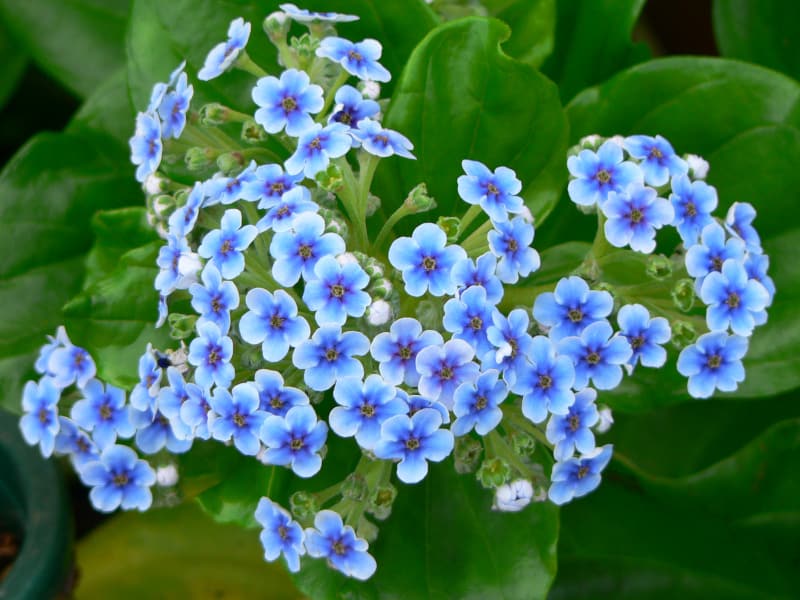
Chatham Island forget-me-not Facts
- Quite obviously, as its common name suggests, the gorgeous Chatham Island forget-me-not is a species you one will not soon forget. Sadly, however, this marvelous work of Nature and the processes of evolution only appears in an extremely restricted range.
- This heartbreaking situation quite understandably creates many problems for the beautiful species. Quite surprisingly, however, the IUCN itself does not yet formally list a status for this beautiful plant. The reason for this continues to be insufficient data.
- Most experts in the field nevertheless consider the future of wondrous creation of natual processes to be severely threatened. As a direct result of this situation, the Angiosperm could appear on the Red List of Threatened Species in the near future.
- Due to the combination of a highly restricted habitat range and an extremely specific habitat, it faces multiple threats. It not only remains vulnerable to climate change, but the majority of its native habitat has also now been claimed for coastal development.
- Numerous other dangers also place the Chatham Island forget-me-not in danger. These other risks include the danger of trampling by tourists, rooting by both wild and domestic animals. The encroachment of non-native species further now threatens it.
Related Species
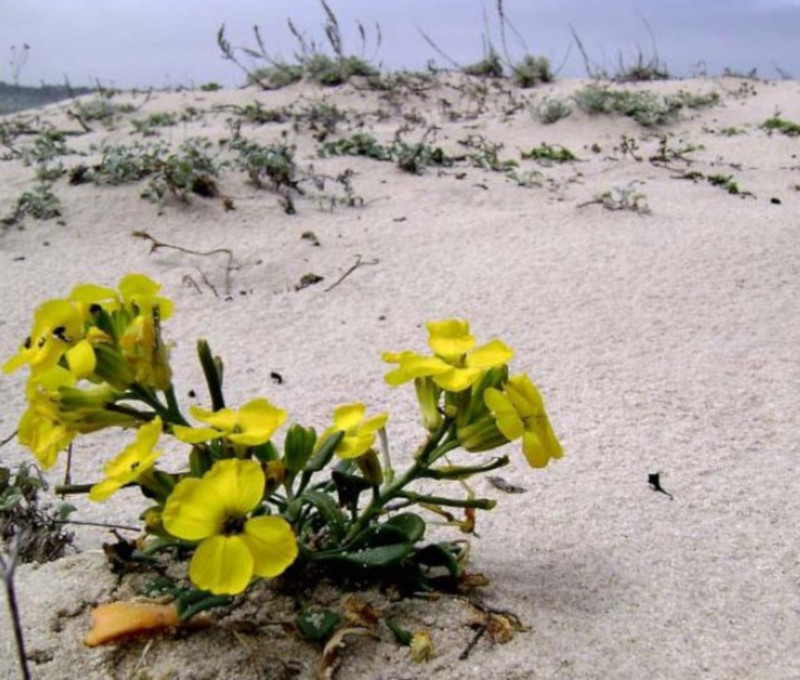
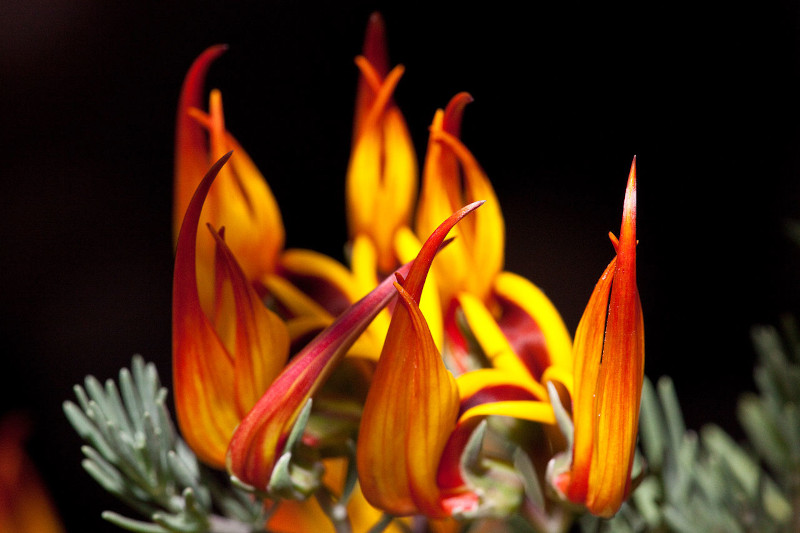
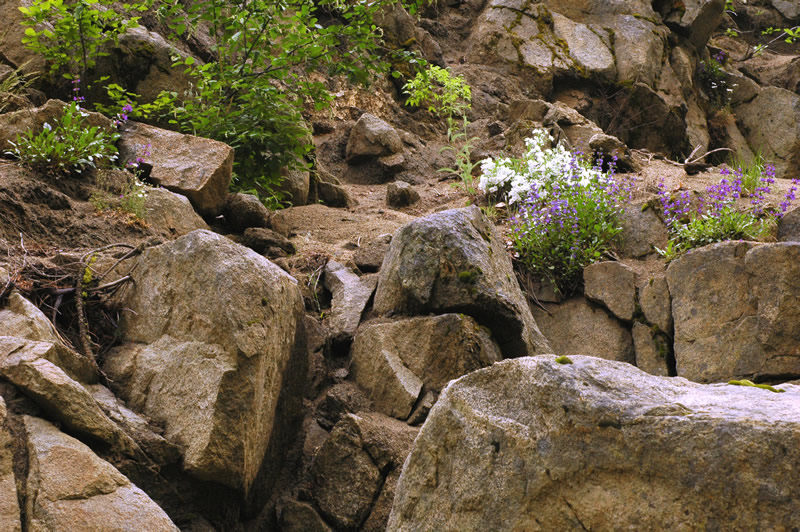
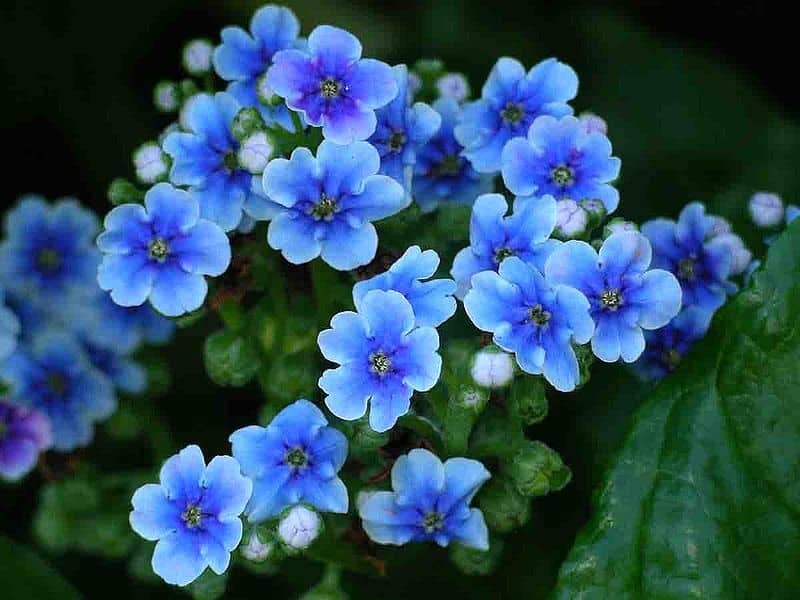
Chatham Island forget-me-not Physical Description
The fabulous species known as the Chatham Island forget-me-not continues to surprise many people. It further manages to do this in more than one way. That’s partly due to the fact that, despite its rather delicate nature, the lovely plant attains a respectable size.
More precisely, though, it often grows in patches that reach measurements of up to 3 ft (1 m) high. These additionally can sometimes reach 3-4.5 ft (1 – 1.5 m) in width. This magnificent flora, however, has more wonders to behold than just its respectable size.
In point of fact, the contrast between its foliage and blooms also remains worthy of notice for those who appreciate the botanical marvel. Although the dark green leaves of the plant grow relatively large, the beautiful and delicate flowers remain quite small in size.
These flowers of the Chatham Island forget-me-not also appear in small clumps on slender stems. Each of the remarkable folige shows a dark blue on the lower half, fading to lighter toward the exterior. These lovely blooms also average around 0.6 in (15 m) in diameter.
Yet the wonders of this beautiful species do not simply stop here. That holds true due to the nature of the fruit of the plant itself. Seemingly disproportionately to the rest of the plant, the fruit of the Eudicot itself averages only about 0.4 – 0.6 in (10 – 15 mm) in diameter.
- Kingdom: Plantae
- Phylum: Angiosperms
- Class: Eudicots
- Order: Boraginales
- Family: Boraginaceae
- Genus: Myosotidium
- Species: M. hortrensia
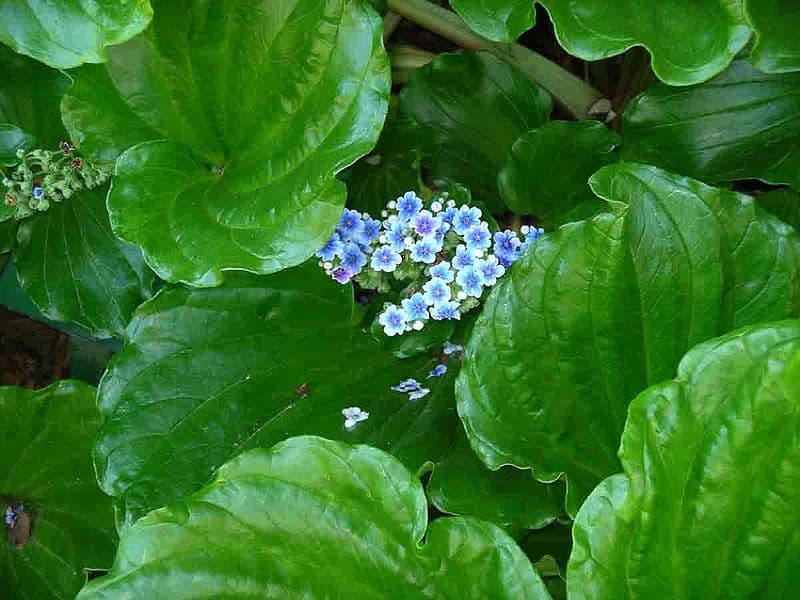
Chatham Island forget-me-not Distribution, Habitat, and Ecology
Its own common name gives a clear indication of the highly restricted endemic habitat range of this delicate beauty. That holds true because of the fact that the beautiful Chatham Island forget-me-not only grows naturally in one small region of the entire world.
There’s more, though. This tiny zone of habitation further consists of only a few of the Chatham Islands, in New Zealand. Despite its seemingly rather fragile nature, this remarkable plant grows naturally in specific locations normally adverse to delicate plants.
This incredible plant therefore originally evolved to thrive in a truly amazing habitat. That’s because it grows along both rocky and sandy beaches, coastal cliffs, and various rock outcroppings. The exact reasons for this evolutionary path remain a mystery, though.
This species also distinguishes itself from related species in still another manner. That consists of its blooming pattern. Amazingly, this marvel of Nature typically produces its lovely small flowers between the months of September and November in its native habitat.
The fruit the Chatham Island forget-me-not produces also does so with comparatively large, black seeds. These usually appear between October and May. Although it now nears extinction in its native habitat, the plant remains a popular garden plant in some regions.
Species Sharing Its Range
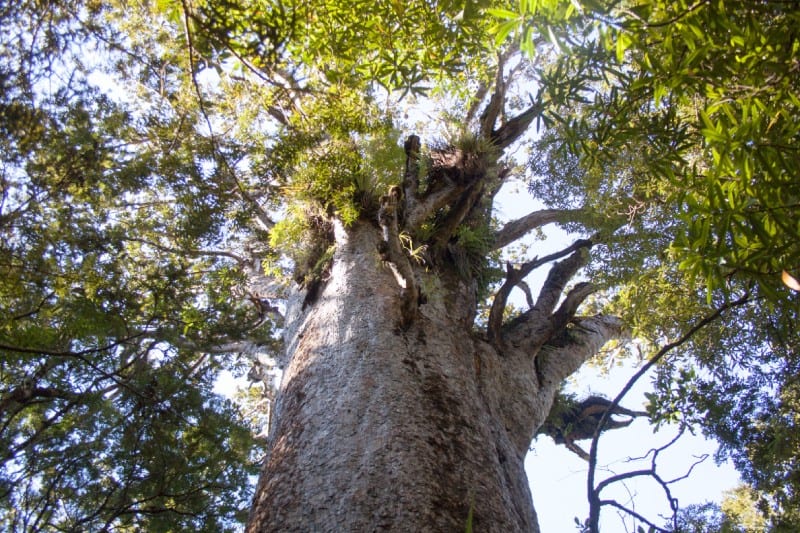
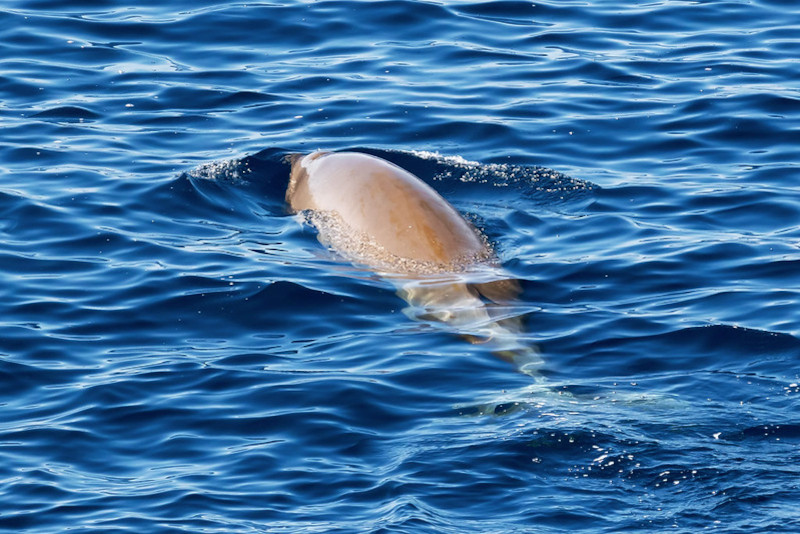
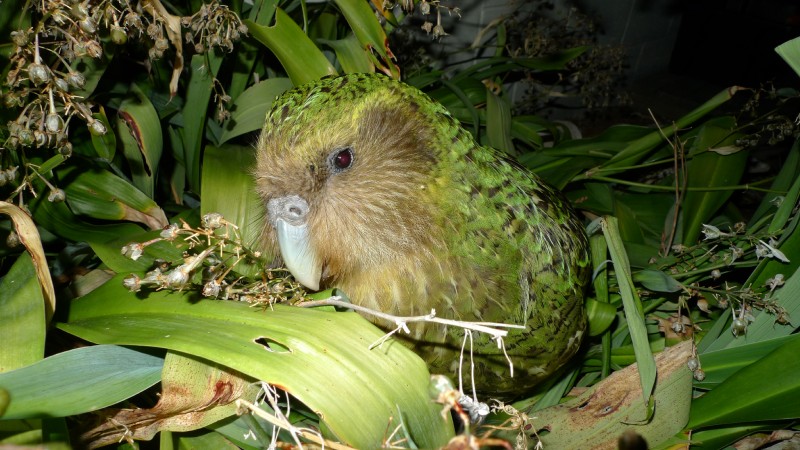
Check out our other articles on 9 of the Weirdest Animals on Earth, Himalayan Blue Poppy, Regal Moth, Tierra del Fuego, Kilauea, Hawksbill Sea Turtle, Vietnamese Mossy Frog, Tiger Shark









Leave a Reply